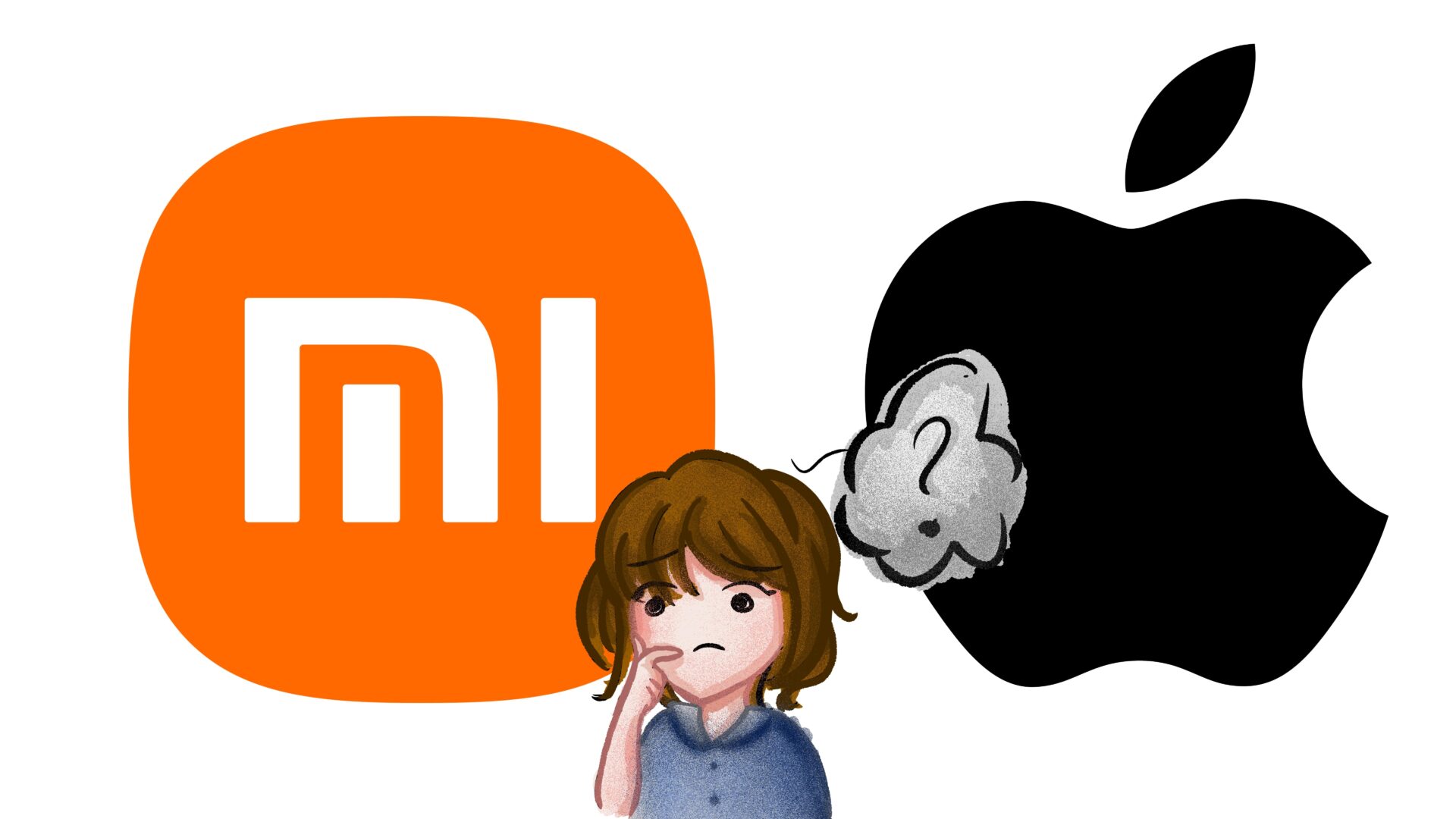In a major shift within the global wearable market, Xiaomi has overtaken Apple as the top vendor for wearable band shipments in Q1 2025, according to a newly released report by Canalys. With a 44% year-on-year growth, Xiaomi’s aggressive strategy and refreshed product lineup have propelled it to the number one position worldwide. This marks a significant milestone as Xiaomi reclaims the top spot, fueled by consumer demand for affordable and feature-rich wearables like the Xiaomi Smart Band 9 and Redmi Band 5.

Xiaomi’s Remarkable Growth in Q1 2025
44% YoY Growth in Shipments
Xiaomi’s impressive 44% year-on-year (YoY) growth in wearable shipments reflects its strategic focus on innovation and affordability. The Mi Band and Redmi Watch series were refreshed earlier this year, which significantly contributed to this surge. These devices cater to budget-conscious consumers without compromising on essential features like health tracking, long battery life, and stylish design.
Best-Selling Devices: Smart Band 9 and Redmi Band 5
The Xiaomi Smart Band 9 and Redmi Band 5 emerged as the brand’s flagship performers, particularly the Redmi Band 5, which became the company’s best-selling wearable during Q1 2025. The competitive pricing and reliable feature set, including heart rate monitoring, SpO2 tracking, and sleep analysis, helped these products capture mass appeal.
Global Wearable Market Overview: Q1 2025
13% Increase in Overall Shipments
The Canalys Wearable Band Analysis Report noted that global shipments reached 46.6 million units in Q1 2025, reflecting a 13% increase over the same period in 2024. A major part of this growth was driven by basic wearables, which experienced the most robust increase in demand.
Performance of Other Key Brands
-
Apple: Slipped to second place, currently holding 16% market share. However, Canalys predicts a potential rebound with the launch of a special edition smartwatch later in 2025.
-
Huawei: Ranked third, with a 36% YoY growth, shipping 7.1 million units, mainly due to its GT and Fit series.
-
Samsung: Showed explosive 74% YoY growth, with 4.9 million units shipped, thanks to a well-balanced strategy targeting both budget and premium markets.
-
Garmin: Occupied fifth place, with a 10% growth, shipping 1.8 million units by focusing on existing user upgrades and specialized fitness tracking products.
Consumer Preferences Driving the Market
Key Features Shaping Purchase Decisions
A Canalys survey involving over 18,000 participants revealed key factors influencing consumer decisions in the wearable segment:
-
Affordability: Consumers favor brands offering high value at lower prices.
-
Battery Life: Long-lasting battery is a must-have feature.
-
Health Monitoring: Features like heart rate tracking, SpO2, and sleep analysis are highly sought after.
The Rise of Basic Wearables
Basic wearables—devices that lack advanced features but offer excellent battery life and affordability—are seeing growing popularity, particularly in emerging markets. Xiaomi’s Redmi Band series is a prime example of this trend.
The Shift from Hardware to Ecosystem
Canalys Analyst Insights
According to Cynthia Chen, analyst at Canalys, the wearable tech market is undergoing a transformation:
“With hardware profitability under strain, the wearables market is shifting from being hardware-led to ecosystem-driven.”
The Ecosystem-Driven Future
This shift indicates a pivot from standalone devices to integrated ecosystems that offer:
-
Recurring revenue models (e.g., fitness subscriptions, cloud services)
-
Platform-based services like app integrations and cloud data syncing
-
Enhanced user retention through seamless multi-device compatibility
Brands are now focused on building sticky ecosystems rather than merely shipping large volumes of hardware.
Outlook for the Wearables Market in 2025
Xiaomi’s Strategic Edge
Xiaomi is expected to maintain its lead by:
-
Continuously launching value-driven products
-
Expanding its presence in emerging economies
-
Strengthening its Mi Fit and Zepp Life platforms
Competition Will Intensify
As Apple gears up for its upcoming smartwatch launch and Samsung deepens its push into both entry-level and premium wearables, the race for dominance in 2025 will be fierce. Meanwhile, Garmin and Huawei continue to leverage niche audiences with specialized health and fitness offerings.
Frequently Asked Questions:
Q1: Why did Xiaomi surpass Apple in wearable shipments in Q1 2025?
A: Xiaomi saw a 44% year-on-year increase in shipments due to its refreshed Mi Band and Redmi Watch lineup, offering affordable, feature-rich wearables that appealed to a wide range of users.
Q2: What are the most popular Xiaomi wearables in 2025?
A: The Xiaomi Smart Band 9 and Redmi Band 5 were the top-selling models, thanks to their affordability and strong health-tracking features.
Q3: How did Apple perform in the wearable market in Q1 2025?
A: Apple ranked second in shipments, holding a 16% market share. However, it’s expected to launch a new special edition smartwatch later this year, which may boost its market position.
Q4: What consumer trends are influencing wearable purchases in 2025?
A: Affordability, battery life, and health-monitoring features like heart rate and sleep tracking are the most important factors for consumers.
Q5: What does it mean that the market is becoming “ecosystem-driven”?
A: This means that companies are focusing more on integrated software services, subscriptions, and platform experiences rather than relying solely on hardware sales to drive revenue.




